A precision measurement of cosmic rays at the International Space Station finds that lithium-7 is produced by the fragmentation of heavier nuclei.



A serendipitous observation in a Chemical Engineering lab at Penn Engineering has led to a surprising discovery: a new class of nanostructured materials that can pull water from the air, collect it in pores and release it onto surfaces without the need for any external energy.
The research, published in Science Advances, describes a material that could open the door to new ways to collect water from the air in arid regions and devices that cool electronics or buildings using the power of evaporation.
The interdisciplinary team includes Daeyeon Lee, Russell Pearce and Elizabeth Crimian Heuer Professor in Chemical and Biomolecular Engineering (CBE); Amish Patel, Professor in CBE; Baekmin Kim, a postdoctoral scholar in Lee’s lab and first author; and Stefan Guldin, Professor in Complex Soft Matter at the Technical University of Munich.
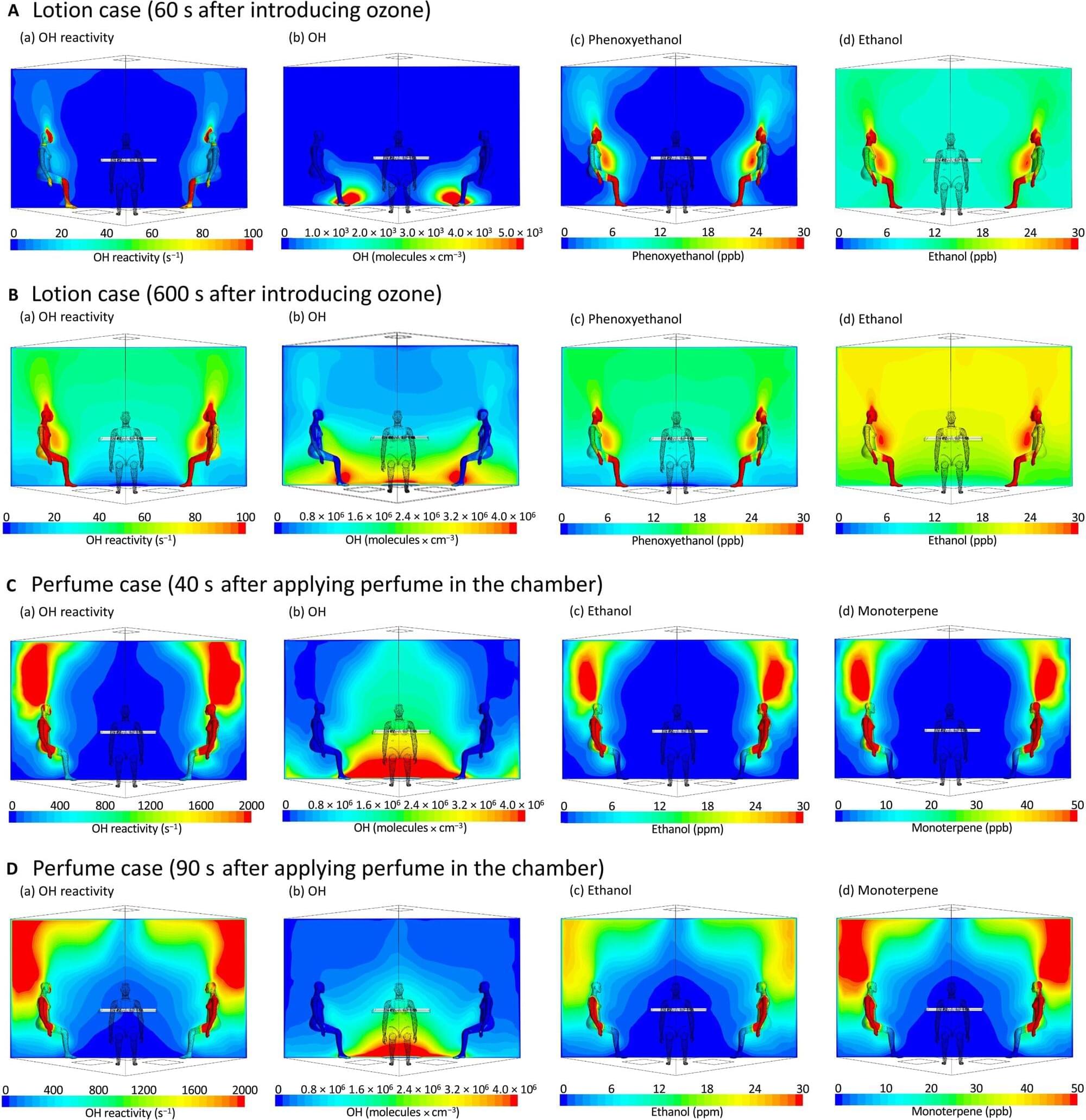
The indoor environment contains multiple sources of chemical compounds. These include continuous emissions from housing materials such as furniture, floors and furnishings, but also periodic intense emissions from human activities such as cooking, smoking, and cleaning.
Outdoor air chemicals can also enter indoor environments through infiltration and ventilation. Ozone (O3) from outdoors can react with compounds indoors to create a complex chemical cocktail within the indoor living space. Since people spend up to 90% of their time indoors, exposure to this diverse array of chemical compounds over extended periods is cause for concern, particularly as the human-health impacts of many such chemicals remain poorly understood.
On the basis of their findings in 2022, Jonathan Williams’s research group from the Max Planck Institute for Chemistry took a closer look at how the human oxidation field might be influenced by personal care products. The study is published in the journal Science Advances.
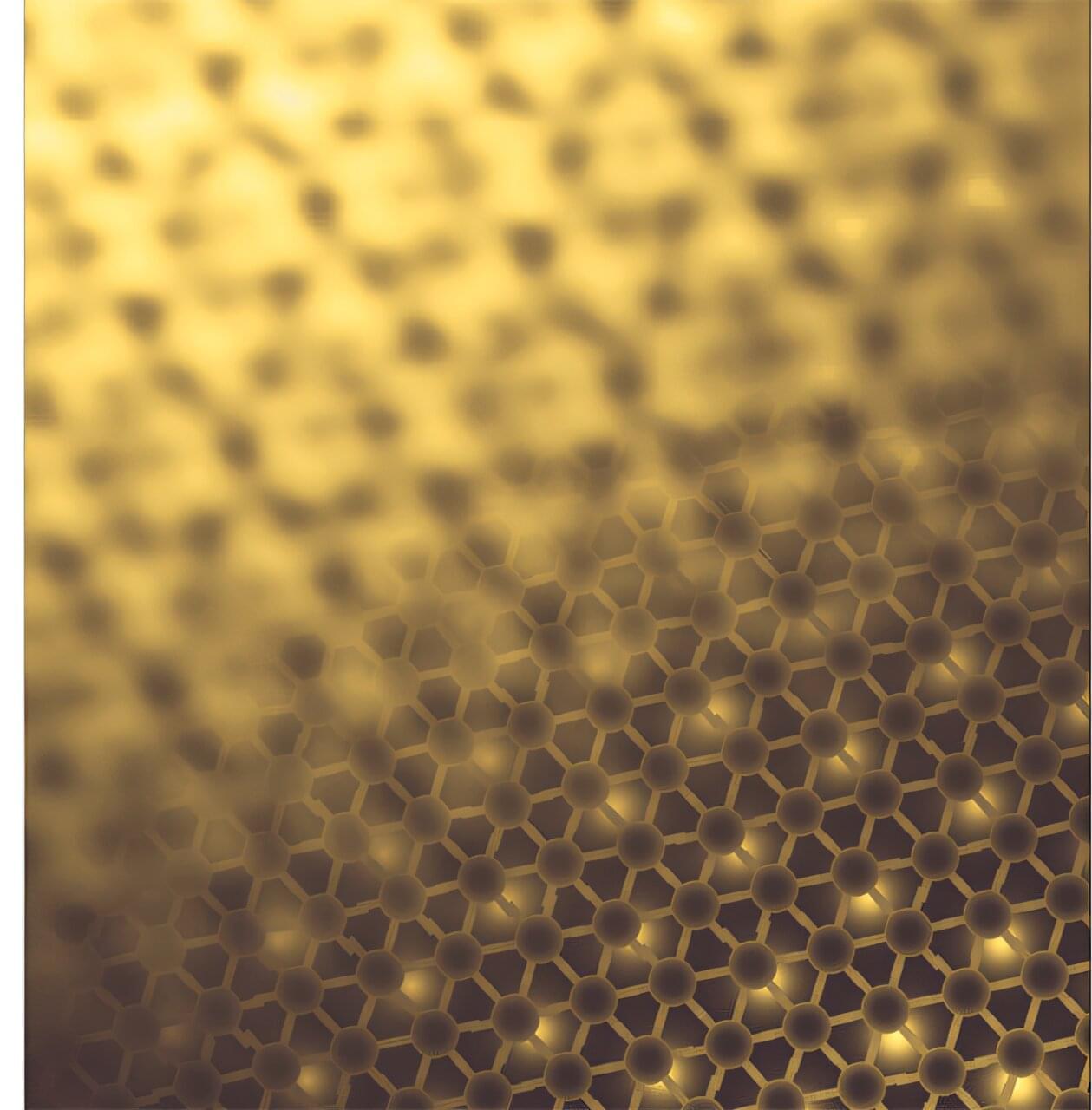
Rutgers University–New Brunswick researchers have discovered a new class of materials—called intercrystals—with unique electronic properties that could power future technologies.
Intercrystals exhibit newly discovered forms of electronic properties that could pave the way for advancements in more efficient electronic components, quantum computing and environmentally friendly materials, the scientists said.
As described in a report in the science journal Nature Materials, the scientists stacked two ultrathin layers of graphene, each a one-atom-thick sheet of carbon atoms arranged in a hexagonal grid. They twisted them slightly atop a layer of hexagonal boron nitride, a hexagonal crystal made of boron and nitrogen. A subtle misalignment between the layers that formed moiré patterns—patterns similar to those seen when two fine mesh screens are overlaid—significantly altered how electrons moved through the material, they found.

Plasma—the electrically charged fourth state of matter—is at the heart of many important industrial processes, including those used to make computer chips and coat materials.
Simulating those plasmas can be challenging, however, because millions of math operations must be performed for thousands of points in the simulation, many times per second. Even with the world’s fastest supercomputers, scientists have struggled to create a kinetic simulation—which considers individual particles—that is detailed and fast enough to help them improve those manufacturing processes.
Now, a new method offers improved stability and efficiency for kinetic simulations of what’s known as inductively coupled plasmas. The method was implemented in a code developed as part of a private-public partnership between the U.S. Department of Energy’s Princeton Plasma Physics Laboratory (PPPL) and chip equipment maker Applied Materials Inc., which is already using the tool. Researchers from the University of Alberta, PPPL and Los Alamos National Laboratory contributed to the project.
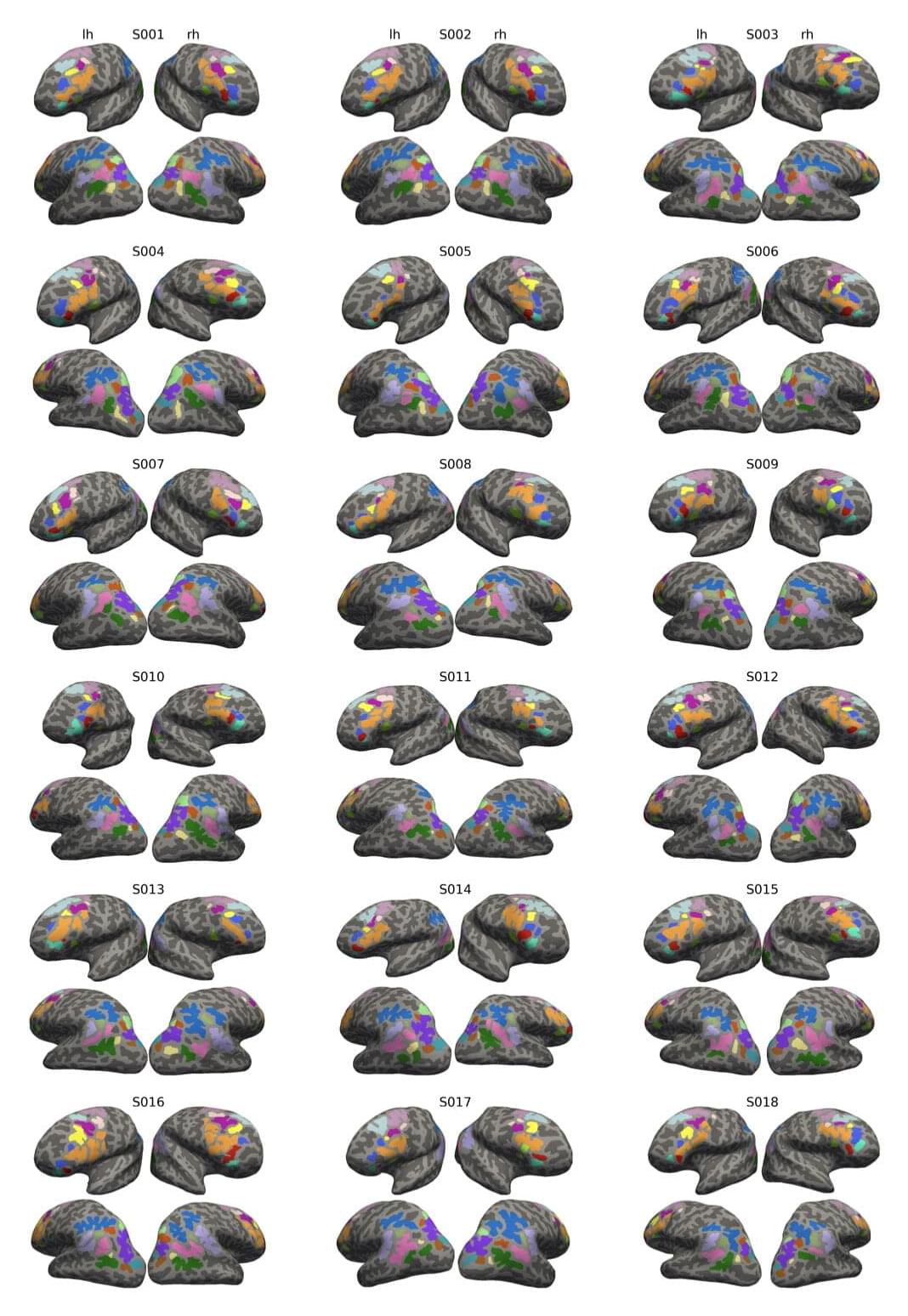
Many grooves and dimples on the surface of the brain are unique to humans, but they’re often dismissed as an uninteresting consequence of packing an unusually large brain into a too-small skull.
But neuroscientists are finding that these folds are not mere artifacts, like the puffy folds you get when forcing a sleeping bag into a stuff sack. The depths of some of the smallest of these grooves seem to be linked to increased interconnectedness in the brain and better reasoning ability.
In a study published in The Journal of Neuroscience, University of California, Berkeley researchers show that in children and adolescents, the depths of some small grooves are correlated with increased connectivity between regions of the brain—the lateral prefrontal cortex and lateral parietal cortex—involved in reasoning and other high-level cognitive functions.
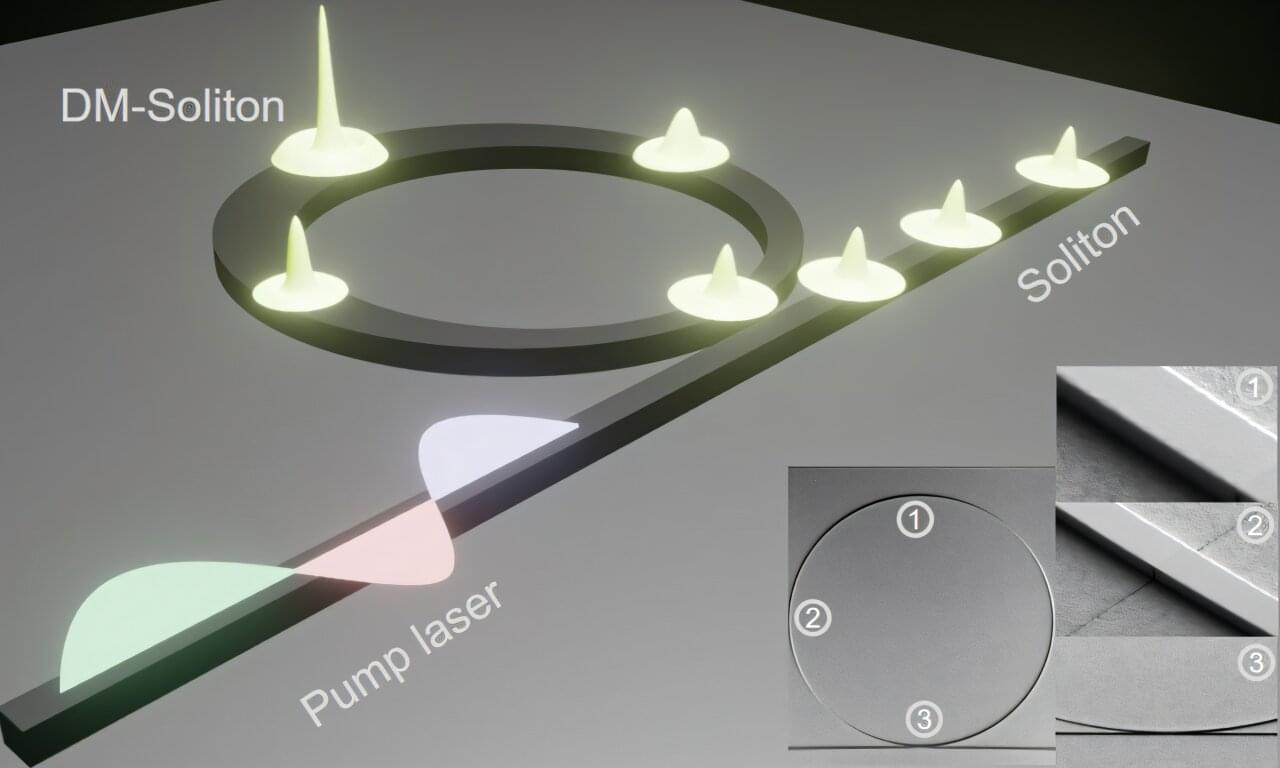
Laser frequency combs are light sources that produce evenly spaced, sharp lines across the spectrum, resembling the teeth of a comb. They serve as precise rulers for measuring time and frequency, and have become essential tools in applications such as lidar, high-speed optical communications, and space navigation. Traditional frequency combs rely on large, lab-based lasers. However, recent advancements have led to the development of chip-scale soliton microcombs, which generate ultrashort pulses of light within microresonators.
One of the key challenges for soliton microcombs is timing jitter, which refers to tiny fluctuations in the timing of their light pulses. These fluctuations, caused by environmental noise or internal instabilities, can degrade the precision and reliability of systems that rely on exact timing. For example, in lidar, jitter can cause uncertainty in distance measurements, and in high-speed data transmission, it can introduce signal distortion and reduce data integrity.
As reported in Advanced Photonics Nexus, an international research team has addressed this problem by developing a new platform based on dispersion-managed (DM) silicon nitride (Si3N4) microresonators operating at an 89 GHz repetition rate.
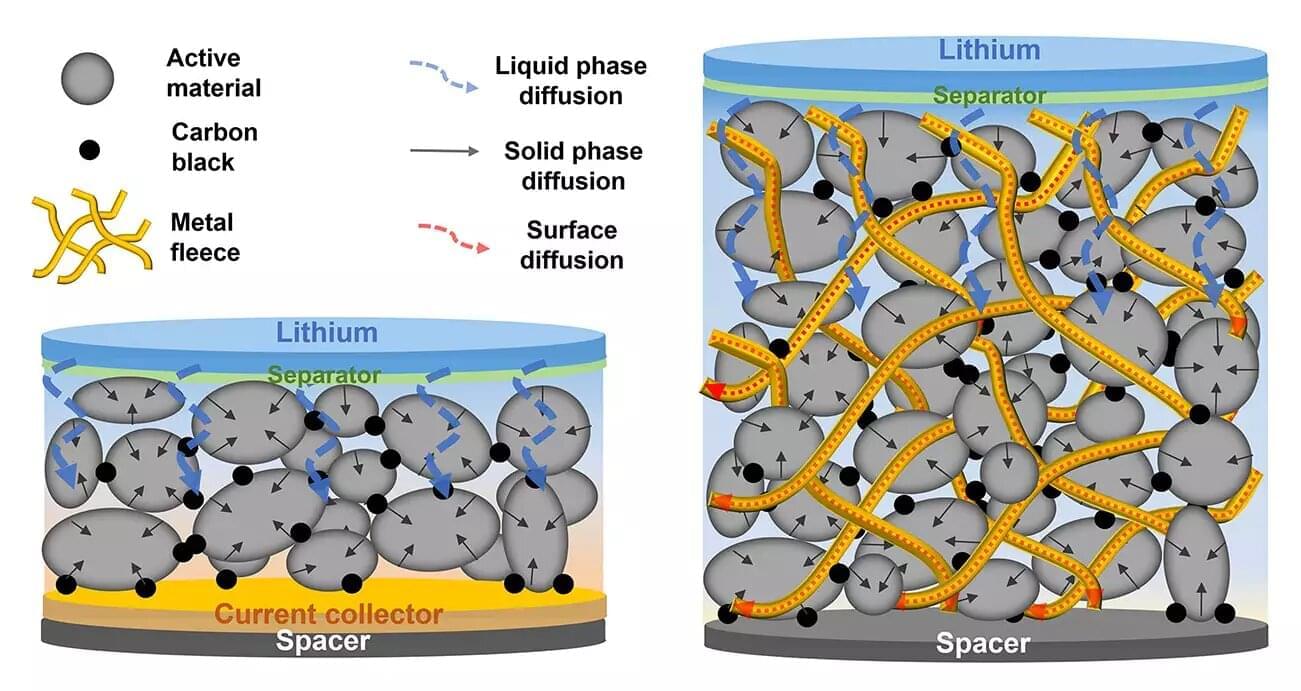
Batteries are becoming more and more powerful. A discovery by researchers at the Max Planck Institute for Medical Research in Heidelberg could now give them a significant energy boost.
A team led by Max Planck Director Joachim Spatz has discovered that metal fleeces used as contact material in battery electrodes significantly accelerate the charge transport of metal ions, in particular. This makes it possible to build significantly thicker electrodes than is standard today. It means that roughly half of the contact metal and other materials that do not contribute to energy storage can be saved, and makes it possible for researchers to significantly increase the energy density in batteries.
The findings are published in the journal ACS Nano.
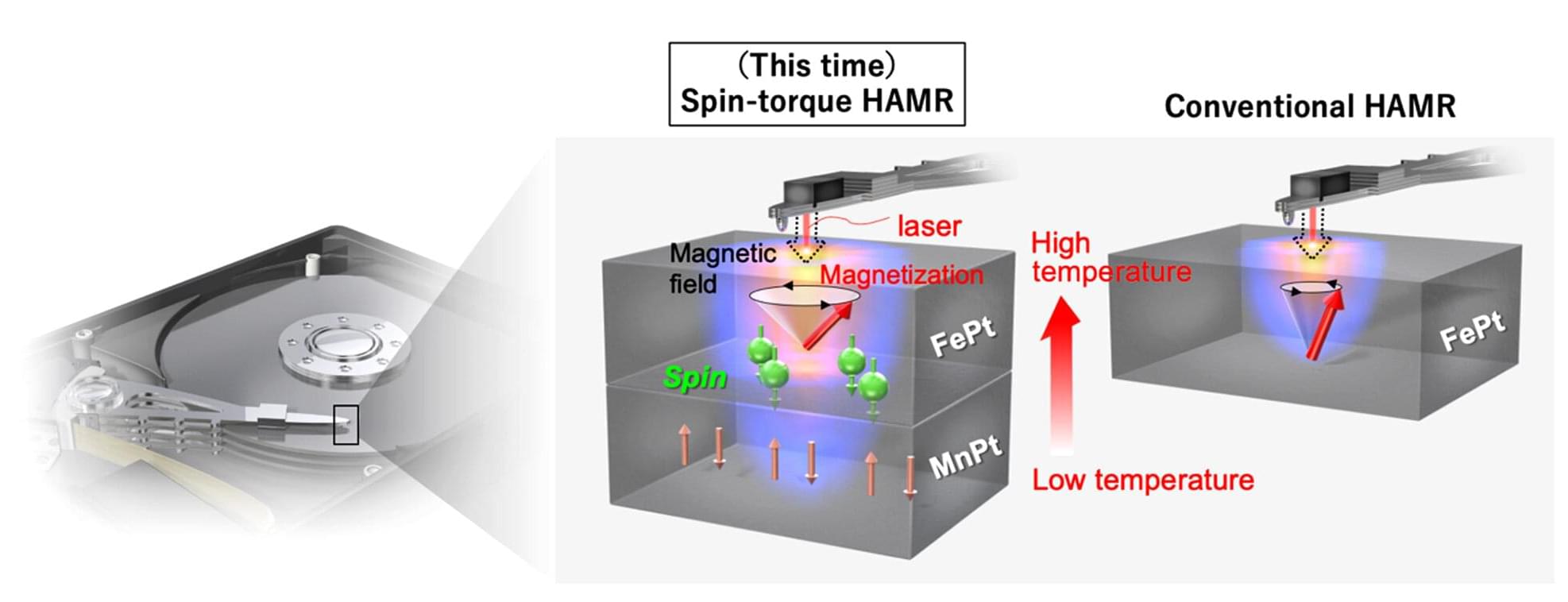
In conventional heat-assisted magnetic recording (HAMR), a laser is used to locally heat the recording medium to facilitate data writing. However, the thermal energy applied is largely dissipated within the medium and does not contribute directly to the recording efficiency. Moreover, this high-temperature process consumes substantial energy and raises concerns regarding the magnetic and physical degradation of the medium, especially under repeated use.
The research team focused on the temperature gradient generated within the recording medium during laser irradiation. They developed a novel structure by inserting an antiferromagnetic manganese-platinum (MnPt) layer beneath the iron-platinum (FePt) recording layer. This structure achieved approximately 35% improvement in recording efficiency compared to conventional HAMR.
This enhancement stems from spin currents generated by the temperature gradient, which induce spin torque that assists magnetic switching—effectively augmenting the conventional thermal assist effect. Furthermore, the study demonstrated that spin torque can be applied to hard disk drives (HDDs), paving the way for a new class of recording technologies.
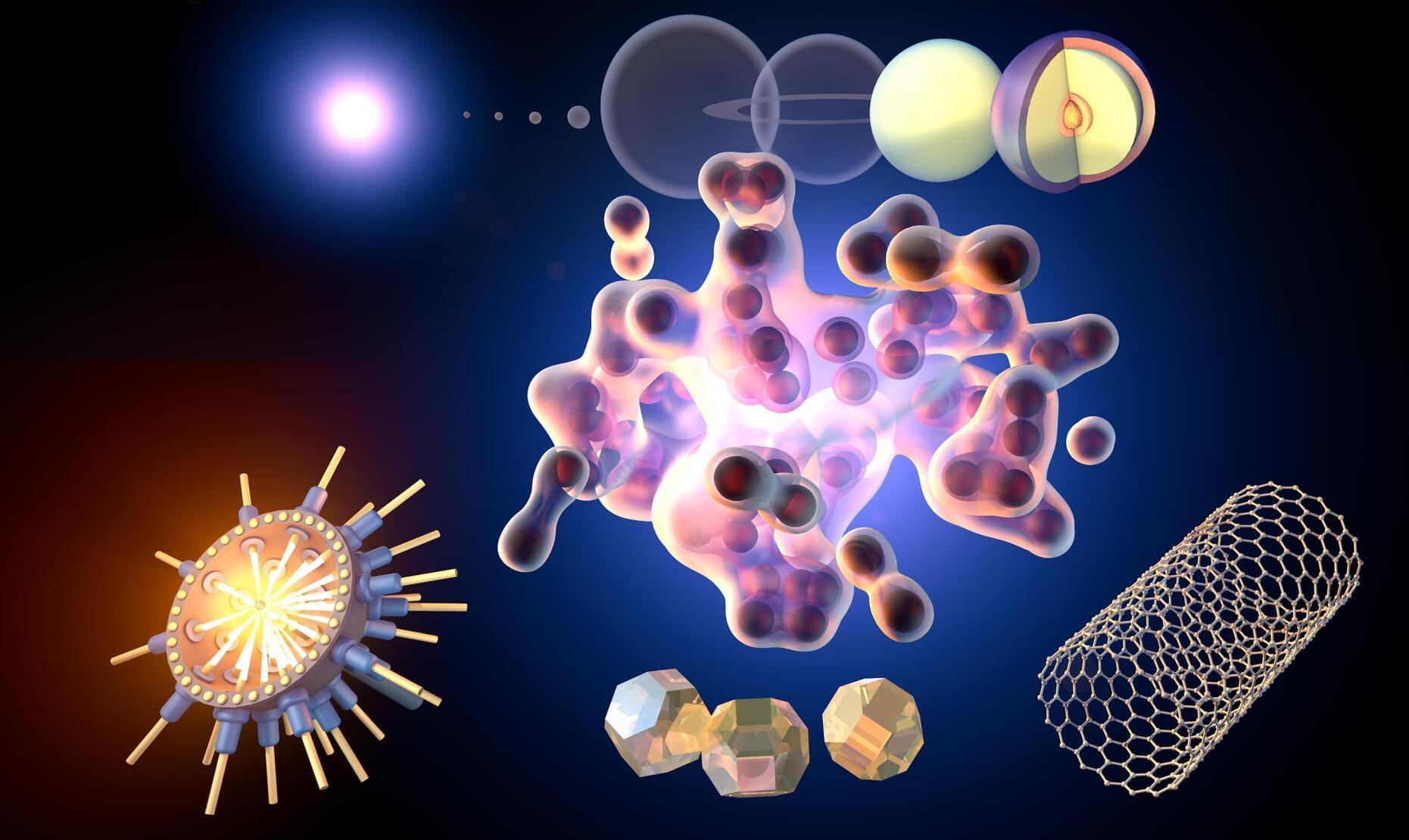
With the declared aim of measuring matter under extreme pressure, an international research collaboration headed by the University of Rostock and the Helmholtz-Zentrum Dresden-Rossendorf (HZDR) used the high-performance laser DIPOLE 100-X at the European XFEL for the first time in 2023. With spectacular results: In this initial experiment they managed to study liquid carbon—an unprecedented achievement as the researchers report in the journal Nature.
Liquid carbon can be found, for example, in the interior of planets and plays an important role in future technologies like nuclear fusion. To date, however, only very little was known about carbon in its liquid form because in this state it was practically impossible to study in the lab: Under normal pressure, carbon does not melt but immediately changes into a gaseous state.
Only under extreme pressure and at temperatures of approximately 4,500 degrees Celsius—the highest melting point of any material—does carbon become liquid. No container would withstand that.